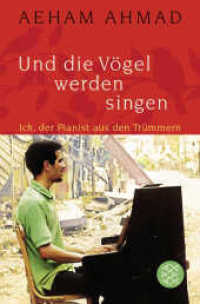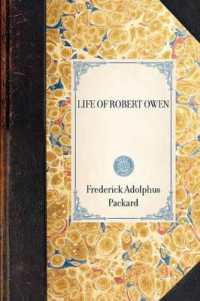- ホーム
- > 洋書
- > 英文書
- > Performing Arts
Full Description
From its outset, the Liverpool Playhouse has been inextricably linked to the history of the city in which it was built. The impetus to create it came from the burgeoning civic pride engendered by the city's growing wealth and its status as 'second city of empire'; but its opening in 1911 was delayed by the transport strikes which hit the city. Over the following century, the history of the theatre, with all its ups and its downs, has reflected the history of Liverpool - and at times the city itself has appeared on stage as a key character.
While often perceived as Liverpool's 'safe' theatre, the Playhouse - from its inception as only the third repertory theatre in the country (following Manchester and Glasgow) to the dazzlingly creative period of the 'Gang of Four' (Bleasdale, Bond, Morrison and Russell) in the early 1980s, and up to the present day - has broken new ground and issued new challenges. Home over the years to many well known actors, including Michael Redgrave, Rachel Kempson, Robert Donat, Anthony Hopkins, Patrick Stewart, Rita Tushingham, Patricia Routledge and Richard Briers, the Playhouse remains one of the most vibrant British theatres.
Contents
Introduction
The start of the experiment
From trial to theatre
Basil Dean, 1911-1913
Laurence Hanray, 1913-14
World War One and the Commonwealth
William Armstrong, 1922-1944
Maud Carpenter War and the Old Vic
John Fernald, 1946-1949
Gerald Cross, 1949-1951
Willard Stoker, 1951-1962
Bernard Hepton, 1962-63
Ronald Settle and Joan Ovens
David Scase, 1963-1967
Kay Gardner, 1967-1969
Antony Tuckey, 1969-1975
Studio 1
Leslie Lawton, 1975-1979
William Gaunt, 1979-1981
Gang of Four, 1981-1984
Studio 2
Jules Wright, 1985-1986
lan Kellgren, 1986-1991
'It's too good to lose'
Bill Kenwright, 1991-1996
Studio 3
Richard Williams, 1996-1998
Jo Beddoe, 1999-2003
Gemma Bodinetz and Deborah Aydon, 2003-
Bibliography
Index







